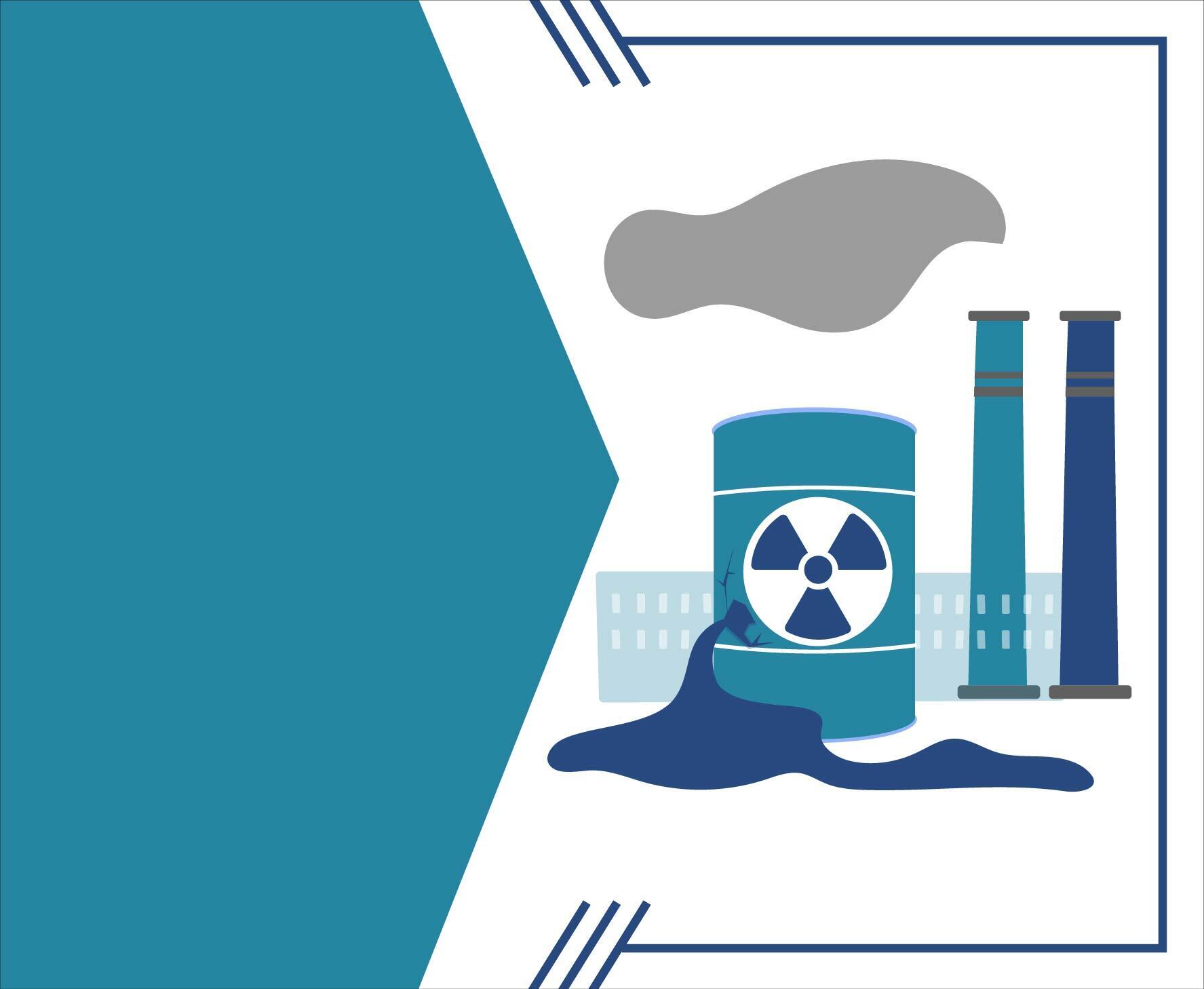Will Nuclear Power Change the Face of the Power Generation Market?

Current Scenario and Need for Nuclear Source
As the world faces the challenges of rising energy demand and climate change, the way we generate power is changing significantly. Fossil fuels, which have been the main source of energy for many years, are being re-evaluated due to their environmental impact. This has created an urgent need for cleaner and more sustainable alternatives. With global energy consumption expected to increase by around 50% by 2050, it is crucial to diversify the energy mix to ensure energy security while reducing greenhouse gas emissions.
Nuclear power emerges as a viable solution to address this need. Unlike fossil fuels, nuclear energy produces minimal carbon emissions during operation, making it a vital player in the shift to a low-carbon economy. It offers a stable and reliable source of energy, capable of producing large amounts of electricity without the intermittent nature associated with some renewable sources such as solar and wind power. As countries work towards meeting their climate goals and transitioning to cleaner energy sources, the role of nuclear power is anticipated to become increasingly significant.
Top Countries in Nuclear Power and Their Capacity (in MW)
The following table illustrates the top countries leading in nuclear power generation, along with their installed capacity:
|
Country |
Installed Capacity (MW) |
|
United States |
93,000 |
|
France |
61,370 |
|
China |
53,832 |
|
Russia |
38,915 |
|
Japan |
33,000 |
|
South Korea |
24,773 |
|
Canada |
13,500 |
|
India |
6,780 |
|
Ukraine |
13,107 |
|
United Kingdom |
9,560 |
Source: Mark & Spark Solution
These countries represent the backbone of the global nuclear power industry, collectively contributing a significant portion of the world's electricity supply. The United States remains the largest producer of nuclear energy, while China is rapidly expanding its nuclear capacity, positioning itself as a future leader in the sector.
Adoption Rate and Investment in Renewable and Nuclear Energy
The table below illustrates the adoption rates and investments in renewable and nuclear energy over recent years:
|
Energy Source |
Adoption Rate (2020-2030) |
Investment (Billion USD) |
|
Nuclear Energy |
2-3% annually |
250 |
|
Solar Energy |
20% annually |
500 |
|
Wind Energy |
15% annually |
350 |
|
Hydropower |
5% annually |
100 |
|
Biomass |
7% annually |
80 |
Nuclear energy, while experiencing a slower adoption rate compared to renewables, is nonetheless receiving substantial investment as countries recognize its potential to complement renewable sources. The investment landscape reflects a growing acknowledgment of nuclear energy as part of a balanced energy strategy, aimed at achieving energy security and climate goals.
Key Technologies in Nuclear Generation
Several key technologies are driving advancements in nuclear power generation:
- Small Modular Reactors (SMRs): These compact reactors are designed for modular construction, making them cost-effective and quicker to deploy. They offer flexibility and can be used in remote locations or smaller grids.
- Generation IV Reactors: These next-generation reactors focus on sustainability, safety, and efficiency. They aim to utilize nuclear fuel more effectively and reduce waste, addressing some of the traditional concerns associated with nuclear power.
- Advanced Fuel Cycles: Innovations in fuel technology, such as the use of mixed oxide (MOX) fuel and thorium, aim to enhance the sustainability of nuclear energy by utilizing alternative materials and reducing waste.
- Nuclear Fusion: While still in experimental stages, fusion promises a nearly limitless and clean energy source. Advances in fusion technology could revolutionize power generation if commercial viability is achieved.
- Digital Technologies: The integration of digital tools and data analytics in nuclear plants enhances operational efficiency, predictive maintenance, and safety management, helping to optimize performance and reduce downtime.
Conclusion
In conclusion, nuclear power has the potential to significantly change the power generation market as the world seeks cleaner, more reliable energy solutions. With its ability to provide stable electricity without carbon emissions, nuclear energy complements the growing renewable sector, offering a balanced approach to meeting global energy demands.
As countries invest in new technologies and expand their nuclear capacities, the perception of nuclear power is shifting from a contentious past to a promising future. While challenges remain, such as public perception, waste management, and regulatory hurdles, the commitment to nuclear energy is gaining momentum as part of the broader transition to a sustainable energy future.
The combination of technological advancements, increased investment, and the urgent need for clean energy positions nuclear power as a critical player in shaping the future of the global power generation landscape. Looking ahead, it is clear that nuclear energy will play an essential role in achieving a low-carbon economy and ensuring energy security for generations to come.